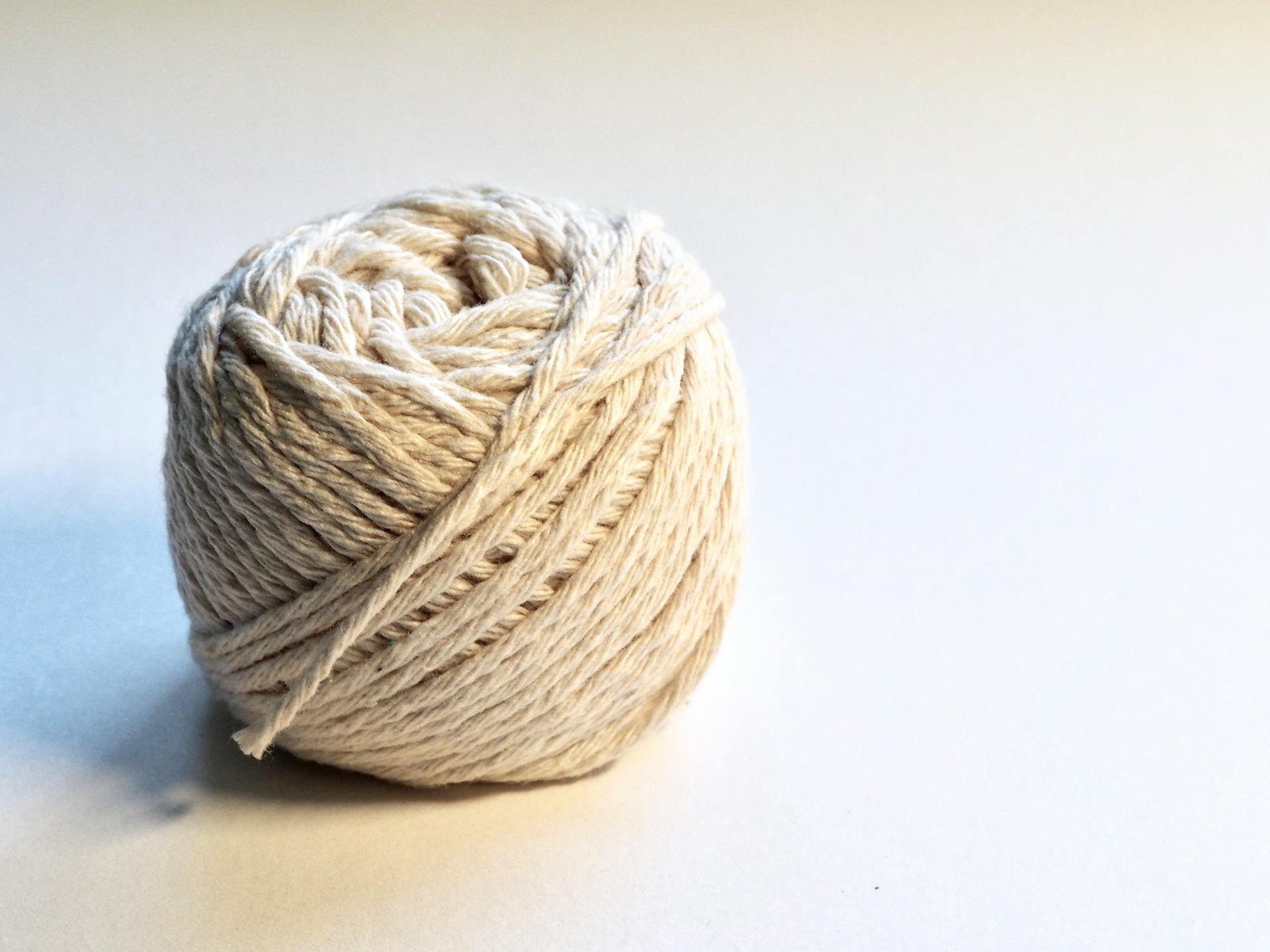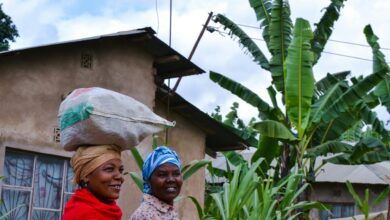The Rise of Eco-Friendly Fabrics: A Sustainable Fashion Revolution

Why sustainable fashion matters
The fashion industry has long been criticized for its detrimental effects on the planet. From the excessive water consumption and toxic chemical usage in textile production to the alarming rates of textile waste, the environmental toll has been staggering. However, the emergence of eco-friendly fabrics represents a pivotal shift towards a more sustainable future, where fashion and environmental responsibility coexist harmoniously.
The environmental impact of traditional fabrics
Traditional fabrics, such as cotton and polyester, have a significant environmental footprint. Cotton cultivation requires vast amounts of water and pesticides, while polyester production relies heavily on non-renewable resources like petroleum. Moreover, the dyeing and finishing processes for these fabrics often involve hazardous chemicals that pollute waterways and harm ecosystems.
Popular eco-friendly fabrics
- Organic Cotton: Grown without the use of synthetic pesticides or fertilizers, organic cotton is a more sustainable alternative to conventional cotton. It reduces soil degradation and minimizes water pollution.
- Bamboo: Bamboo is a rapidly renewable resource that requires minimal water and pesticides to grow. It is highly versatile and can be transformed into soft, breathable fabrics.
- Tencel: Derived from wood pulp, Tencel is a semi-synthetic fiber that is biodegradable and produced through a closed-loop process, minimizing waste and chemical usage.
- Recycled Polyester: By utilizing recycled plastic bottles and other post-consumer waste, recycled polyester reduces the demand for virgin petroleum-based materials.
- Hemp: Hemp is a highly durable and versatile plant that requires minimal water and pesticides to cultivate. It is also biodegradable and can be used to create a wide range of fabrics.
Also read: The Rise of Vegan Leather Bags: A Sustainable and Stylish Alternative
Benefits of using eco-friendly fabrics

- Environmental Conservation: Eco-friendly fabrics reduce the strain on natural resources, minimize pollution, and promote sustainable practices throughout the production cycle.
- Ethical Production: Many eco-friendly fabrics are produced under fair labor conditions, ensuring the well-being of workers and their communities.
- Durability and Longevity: Many eco-friendly fabrics are known for their strength and resilience, resulting in longer-lasting garments and reduced waste.
- Breathability and Comfort: Fabrics like organic cotton, bamboo, and hemp offer superior breathability and softness, making them ideal for comfortable and stylish clothing.
How to identify eco-friendly fabrics
When shopping for eco-friendly fabrics, it’s essential to look for certifications and labels that verify the sustainable and ethical production processes. Some common certifications include:
- Global Organic Textile Standard (GOTS): Ensures organic production and strict environmental and social standards throughout the supply chain.
- Oeko-Tex Standard 100: Certifies that textiles are free from harmful substances and chemicals.
- Cradle to Cradle Certified™: Evaluates products based on their environmental and social performance, encouraging a circular economy approach.
Also read: Billie Eilish x Gucci: Pushing Boundaries Through Sustainable Fashion Pieces
Sustainable fashion brands and designers
As the demand for eco-friendly fashion grows, numerous brands and designers have embraced sustainable practices, offering stylish and environmentally conscious collections. Some notable examples include:
- Reformation: A pioneer in sustainable fashion, Reformation uses eco-friendly materials like Tencel and recycled fabrics in their chic and modern designs.
- Patagonia: Known for their commitment to environmental activism, Patagonia uses recycled polyester and organic cotton in their outdoor apparel.
- Stella McCartney: A luxury fashion brand that eschews leather and fur, favoring innovative plant-based materials and sustainable practices.
- People Tree: A fair trade and organic fashion brand that empowers artisans and promotes ethical production methods.
Incorporating eco-friendly fabrics into your wardrobe
Transitioning to a more sustainable wardrobe doesn’t have to be overwhelming. Start by investing in versatile, high-quality pieces made from eco-friendly fabrics that can be worn in multiple ways. Consider shopping secondhand or participating in clothing swaps to reduce waste and extend the life of garments. Additionally, prioritize timeless styles over fleeting trends to ensure your eco-friendly pieces remain relevant for years to come.
Tips for shopping sustainably
- Research Brands: Before making a purchase, investigate a brand’s sustainability practices, material sourcing, and ethical production methods.
- Read Labels: Look for certifications and labels that indicate the use of eco-friendly fabrics and sustainable production processes.
- Embrace Slow Fashion: Instead of constantly buying new clothes, focus on building a capsule wardrobe with timeless, high-quality pieces that can be mixed and matched.
- Support Local and Ethical Brands: Seek out local designers and brands that prioritize sustainability and fair labor practices.
- Invest in Quality: While eco-friendly fabrics may be more expensive upfront, their durability and longevity make them a worthwhile investment in the long run.
Conclusion: Embracing the sustainable fashion revolution
The rise of eco-friendly fabrics represents a pivotal shift in the fashion industry, one that prioritizes environmental responsibility and ethical production practices. By embracing these innovative materials and supporting sustainable brands, consumers can play a crucial role in shaping a more eco-conscious future for fashion. As we collectively embrace this sustainable revolution, we can create a world where style and sustainability coexist harmoniously, leaving a lasting positive impact on our planet.
Join the sustainable fashion movement today by exploring our curated collection of eco-friendly fabrics and stylish, ethically-made garments. Embrace the power of conscious consumerism and make a positive impact with every purchase. Visit our website to discover the latest sustainable fashion trends and learn more about our commitment to environmental responsibility.




